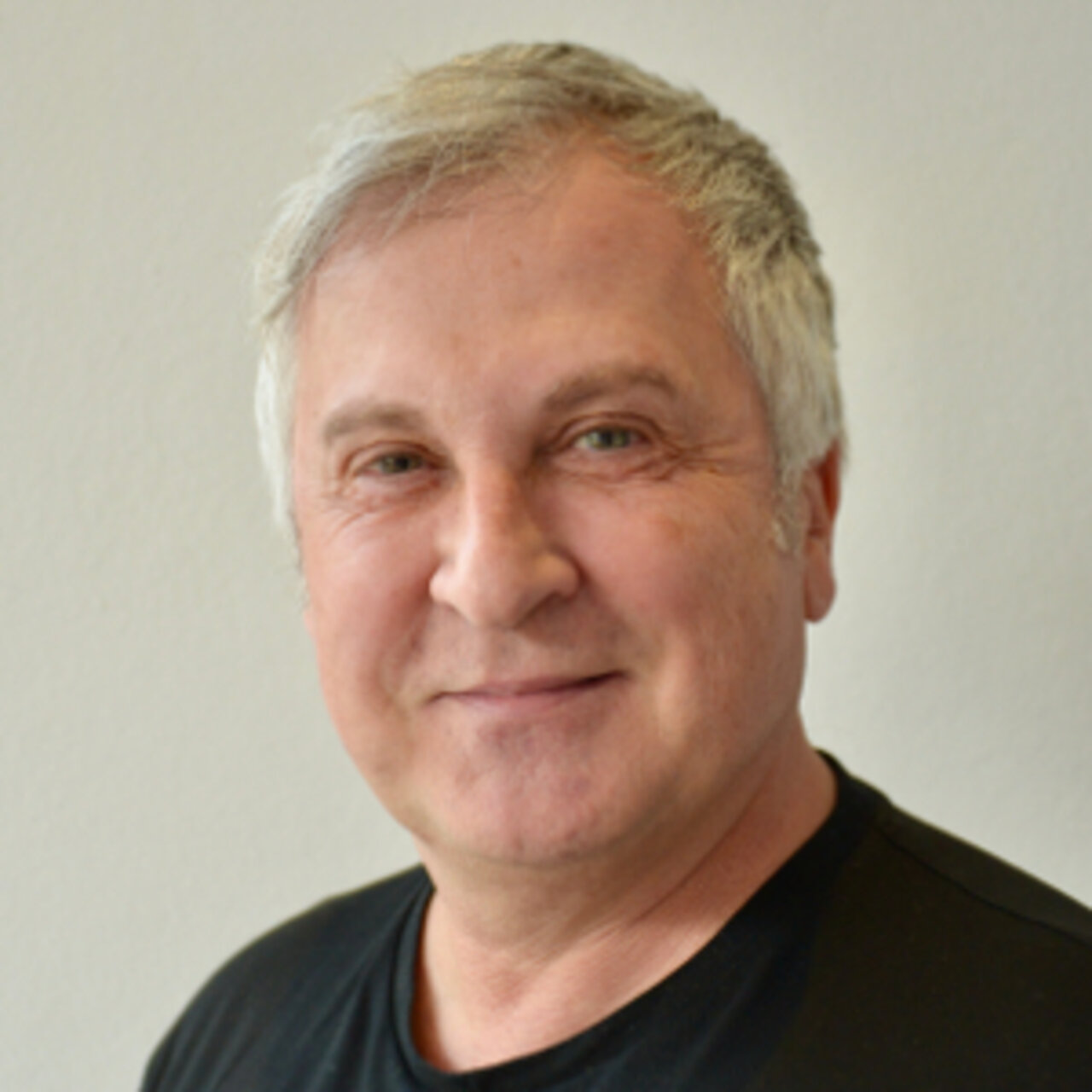Specialists in Snoring surgery
2 Specialists found
Information About the Field of Snoring surgery
Who is eligible for surgery for snoring?
Snoring is a widespread problem that people of various ages suffer from. Children as well as adults can be affected, however, the probability increases significantly with age and men are more likely to snore than women. Having a snoring partner can be a serious problem, which often results in separate bedrooms. However, snorers themselves may also suffer from nighttime sleep disturbances. First of all, it is important to specify whether the patient suffers from primary (simple) or obstructive snoring.
Simple snoring is most commonly triggered by narrowed upper airways, perhaps due to allergic reactions or respiratory infections, and because breathing is usually not impaired, this kind of snoring is annoying but harmless to health. Obstructive snoring, on the other hand, is also caused by a narrowed upper airway, but because of permanent anatomical abnormalities, like enlarged tonsils, a deviated nasal septum, or a shortened mandibule. For these patients, the muscles in the mouth and throat area relax at night, resulting in increased narrowing. This results in less and less oxygen entering the bloodstream and when a certain lower limit is crossed, the brain will intervene by instantly waking the patient up (sleep apnea). This is achieved by an increase in muscle tension, which is followed by a deep breath, which is characterized by a loud snore, and subsequently the patient falls asleep again. This cycle may repeat itself several times per night and although patients may not even remember it the next morning, it does have a tremendous effect on sleep quality. Daytime sleepiness, reduced endurance and ability to concentrate are the result. Over time, this will increase the risk of serious consequences like high blood pressure, stroke or heart attack. This is why patients who snore intermittently over a longer period of time or who experience symptoms like daytime sleepiness are advised to seek medical attention early on. A sleep examination performed in a special sleep laboratory is the first step to determine if the condition is harmless snoring or sleep apnea. People suffering from sleep apnea do not undergo surgery right away, but first receive oxygen therapy at night provided by external air supply via a breathing mask to ensure sufficient oxygen supply as well as increased air pressure that keeps the airways open.
Should this treatment remain ineffective, surgery may be considered.
Even patients suffering from harmless snoring may undergo such an operation. But since there is no health risk from snoring alone, the patients usually have to cover the costs of the procedure.
What surgical methods are effective against snoring?
Surgery aims to increase the space in the mouth and throat or to prevent excessive relaxation, thus allowing air to flow in and out freely and normalize breathing.
Various surgical techniques may be used based on the individual clinical presentation, offering the physician to choose the most appropriate surgical method from a wide range of options.
A lot of patients present with deviated or narrowed nasal passages, making them mouth breathers. To help patients breathe easier at night, it may be beneficial to straighten or unblock the nasal passages. Frequently, enlarged palatine tonsils are removed if they are thought to be the cause of the blockage. Similarly, a flaccid palate can be surgically tightened to reduce sagging during sleep. Also laser therapies are increasingly used, where parts of the palate and uvula are removed. Another possibility is to shrink tissue by applying special electrical impulses.
Improving nasal breathing by straightening the nasal septum and shortening the turbinates.
If patients have difficulty breathing through their nose, they will breathe more or exclusively through their mouth, especially at night. Nasal breathing has the function of filtering air as well as moistening and warming it. Therefore, breathing through the mouth dries out the mucous membranes and not only increases the risk of infections, but also leads to snoring problems and even sleep apnea.
Often a deviated nasal septum and/or enlarged turbinates are the cause of disturbed airflow. Both of these can be surgically corrected. Under general anesthesia and using minimally invasive techniques, the surgeon will operate only on the inside of the nose, leaving no cosmetic flaws later on. Following surgery, it takes on average one week before the patient is free of pain and able to breathe through the nose again without any problems. Complications like bleeding are rare and in about half of the cases the snoring will improve.
Surgery of the palate and soft palate
An oversized or flaccid palate is the cause of severe snoring for many patients. As it becomes loose especially at night when the patient is in the supine position, the palate is brought to vibrate by the airflow which generates noise. The soft palate (back portion) can be tightened or made smaller using various surgical techniques.
If the uvula is too large it too can vibrate as the air flows by when breathing and result in snoring. Uvula flap is a procedure that involves folding up the uvula and suturing it on the palate, where it is fixed in place.
Laser-assisted uvulopalatoplasty (LAUP) is another possibility. This procedure employs a precise laser to remove excess tissue from the soft palate. Moreover, the uvula can be removed or kept in place, depending on the extent of the surgery. While it is regarded as a gentle method that spares the remaining healthy tissue, it induces severe scarring which may alter the sound of the patient’s speech and cause pain after surgery, among other things. Given that this process of scar formation may in fact worsen breathing in sleep apnea, the LAUP method is not suitable for this group of patients.
Radiofrequency therapy is even less invasive and can be performed on an outpatient basis as it is associated with less pain and reduced side effects. Electric current pulses are delivered via a special instrument and directed into the soft palate. As a result, the tissue will burn (coagulation) which leads to shrinkage and scarring of the tissue, making it less prone to vibrating and in turn snoring. Radiofrequency instruments may also be combined with LAUP to make use of the advantages of both surgical methods. Here, the palate is gently shrunk and tightened, while excess tissue can be removed.
Yet another method different to removing tissue is the insertion of small plastic pieces into the palate to support it mechanically. Consequently, the palate will no longer collapse and vibrate. It should be noted, however, that this only patients with a healthy palate are qualified for such implants, as the implants need sufficient tissue to be present. The rate of complications of this operation is low and although temporary speech difficulties and a strange over the palate may develop sometimes, rejection reactions against the implants occur rarely.
Tightening of the palate
A procedure called uvulapalatopharyngoplasty, also known as a soft palate tightening or snoring surgery, is performed by making an incision in the mucosa of the palate, pharynx and uvula, tightening it and then suturing it back together. In this way, the palate is tightened to keep the upper airway from narrowing during sleep. Oftentimes, the surgeon removes the palatine tonsils during the same session to improve the success rate.
Snoring surgery is a major procedure that is carried out under general anesthesia which is commonly associated with severe pain. An improvement of snoring cannot be expected in each patient which is why it's a procedure that needs to careful consideration before it's performed.
Shortening of the base of the tongue
An enlarged or naturally oversized tongue represents a common cause of throat narrowing and therefore upper airway obstruction. To make it smaller, tissue can be excised from the base of the tongue (glossectomy), that means the back part of the tongue which doesn't move and is located near the pharynx. The base of the tongue contains the so-called lingual tonsils, which should not be confused with the widely known palatine tonsils, however they too can be enlarged due to inflammation. It is the aim of surgery to remove tissue from the base of the tongue with a precise laser, creating more space behind the tongue and unblocking the upper airways.
Splints for snoring
Not only the size of the tongue, but also the position of the lower jaw affects the relative positioning of the tongue and therefore the narrowing of the pharynx. Patients with a smaller lower jaw or a lower jaw that is displaced backwards are particularly likely to snore on account of their tongue problems. A so-called snoring splint provides a genuine alternative to surgery and is fitted by a dentist. These are clear plastic splints to be worn on both the upper and lower jaw which maintain the lower jaw in a slightly forward position to prevent the tongue from collapsing into the throat. They resemble conventional splints used for patients who grind their teeth, but both splints (upper and lower) are connected with a metal part at the front part to hold the lower jaw in place. Snoring splints not only provide relief for primary snorers as well as their partners, they can also treat sleep apnea by maintaining an open upper airway while sleeping and providing a steady supply of oxygen.
Surgical implantation of tongue pacemakers
A particular cranial nerve (hypoglossal nerve) is responsible for innervating the muscles of the tongue and floor of the mouth. During sleep, however, in some patients the activity of this nerve is so greatly reduced that the muscles of the tongue and floor of the mouth weaken and block the upper airway, leading to sleep apnea and snoring. In order to prevent this from happening, it is possible to implant a pacemaker that can artificially control the activity of the hypoglossal nerve. Since the nerve travels under the chin, a device known as a nerve stimulator is inserted surgically close to the nerve, from where it can deliver electrical impulses to activate the nerve. Now, this stimulator may be operated through a variety of mechanisms. For example, one of these mechanisms contains a respiratory sensor that only activates the stimulator if the sleeping patient stops breathing. Other mechanisms work by delivering constant stimuli only at night by remote control.
Which doctors and clinics specialize in surgery for snoring?
If you're in need of a doctor, you expect the best medical care possible. So of course patients are curious to find out what clinic to go to. As there is no objective way to answer this question and a legitimate doctor would never claim to be the best, patients must rely on a doctor's experience.
Let us help you find an expert for your condition. All listed doctors and clinics have been reviewed by us for their outstanding specialization in the field of surgery for snoring and are looking forward to your inquiry or wish for treatment.

